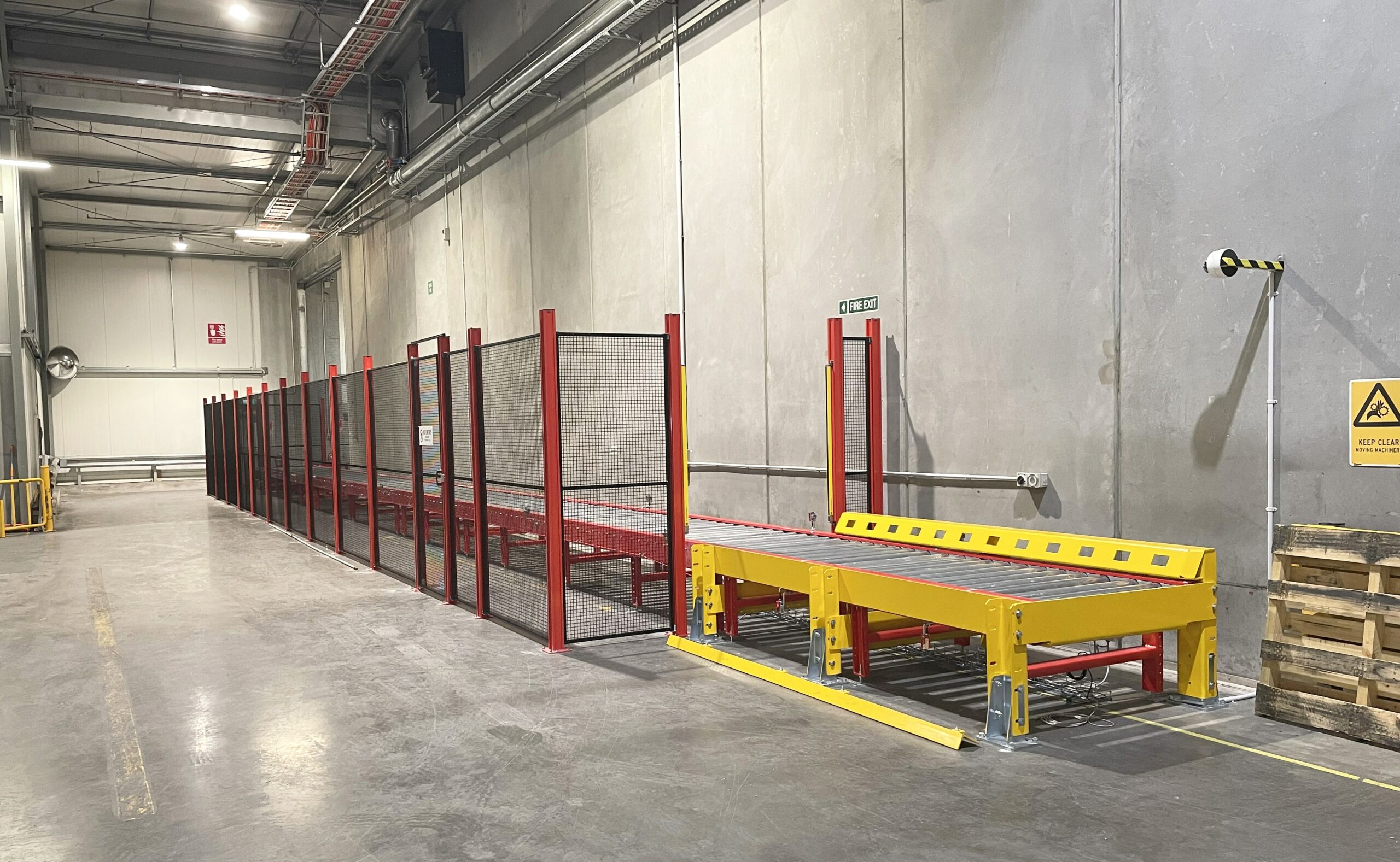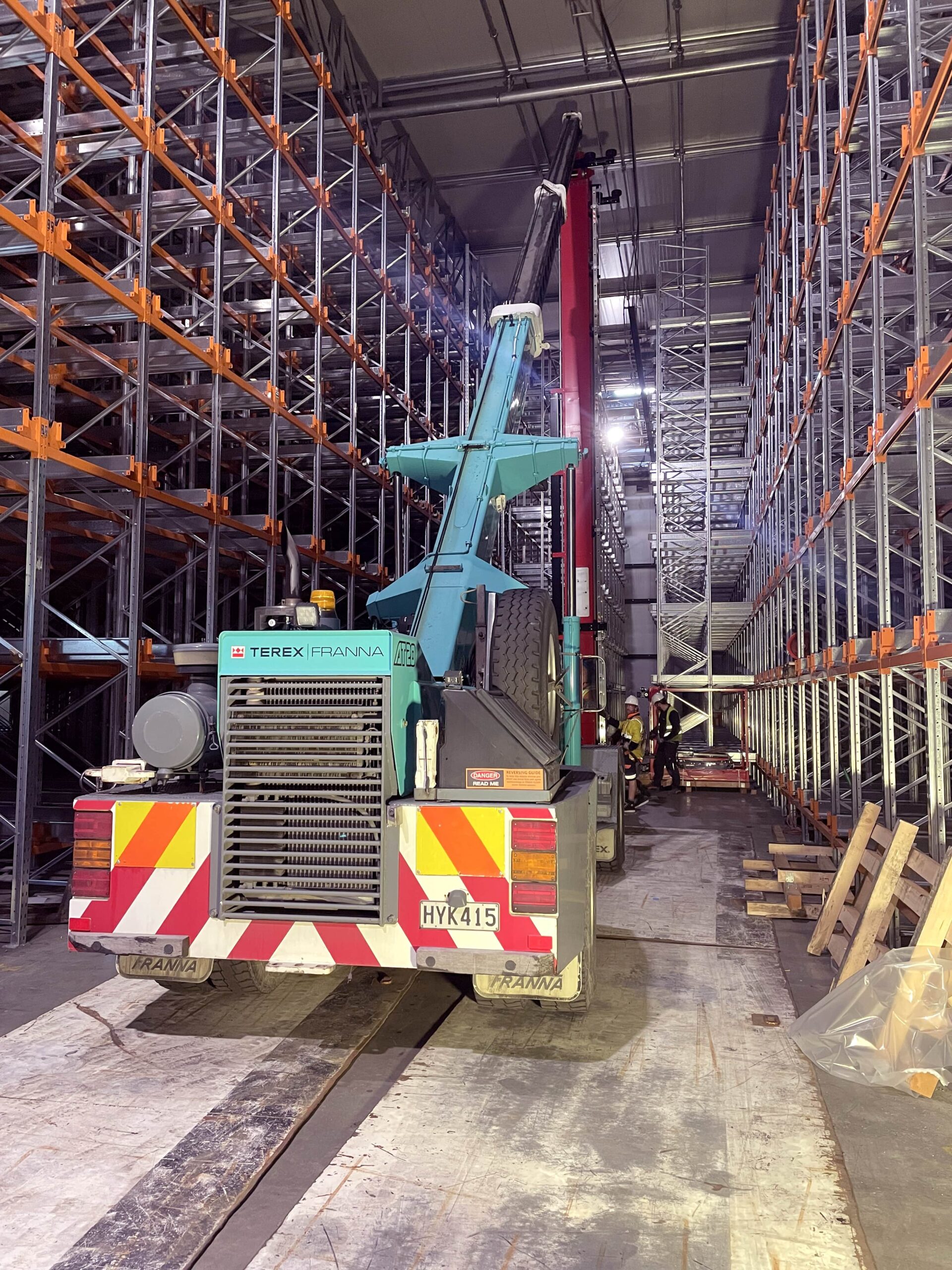
Case Study
Cold Chain- Fonterra Crawford Street
Case Study
Cold Chain- Fonterra Crawford Street
“Thanks to the project 190,000 metric tonnes of product now passes through the centre annually, enabling dairy products to move faster and more efficiently to port for export”
The Crawford Street Distribution Centre in Hamilton is a strategic part of Fonterra’s global supply chain and is their largest cold storage facility globally. Dairy products produced at Fonterra’s North Island manufacturing sites are moved to this distribution centre and then to the Port of Tauranga where they are shipped to consumers around the world.
